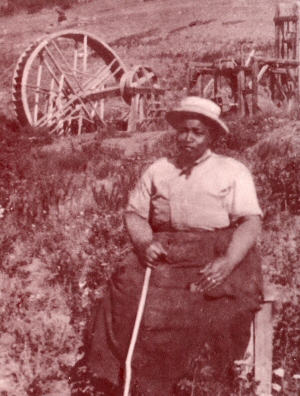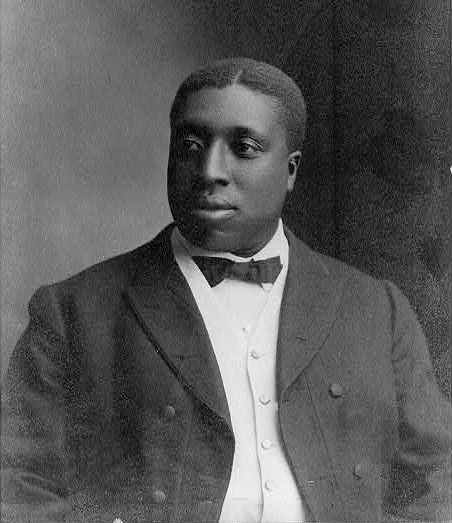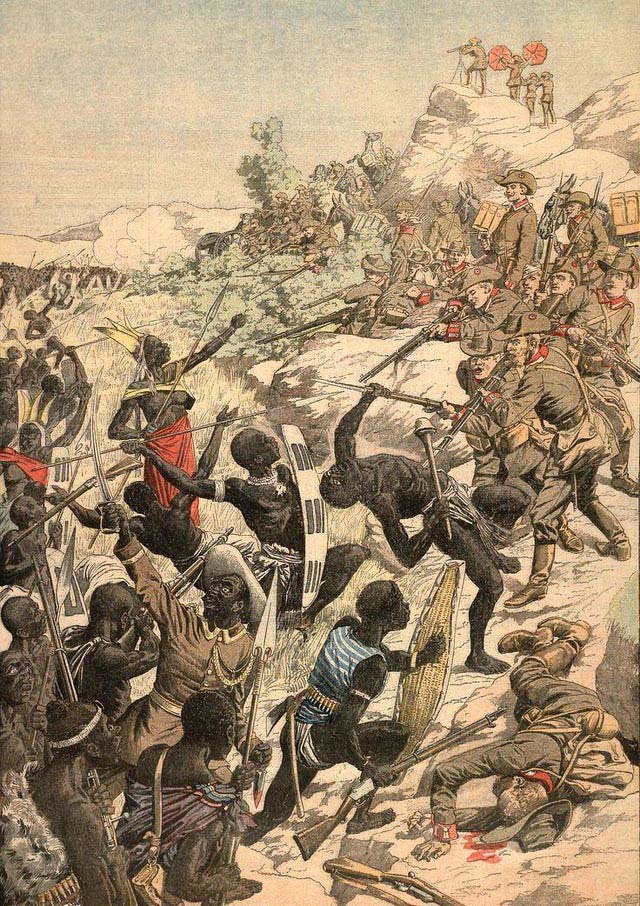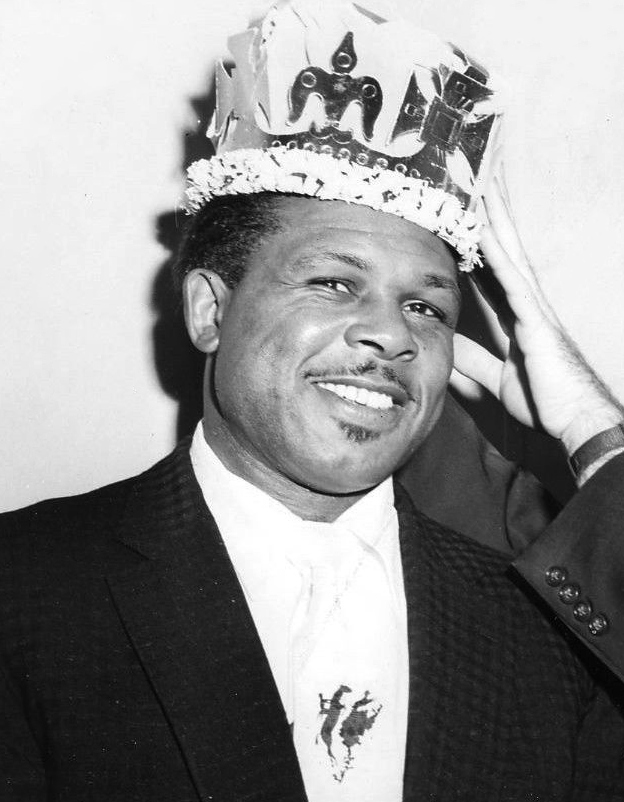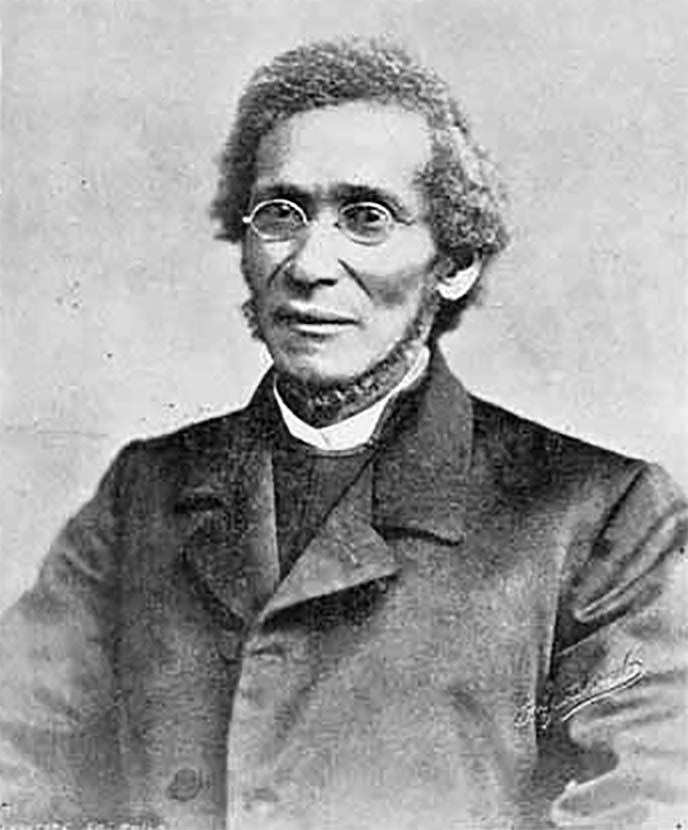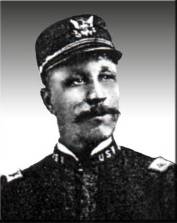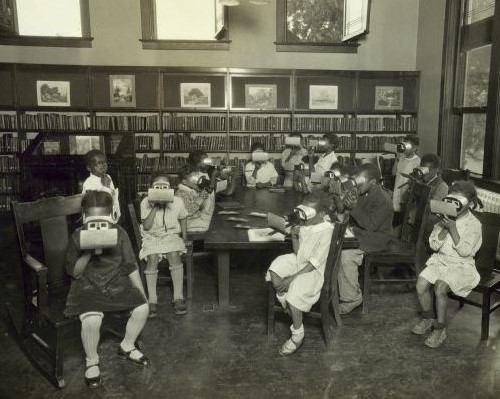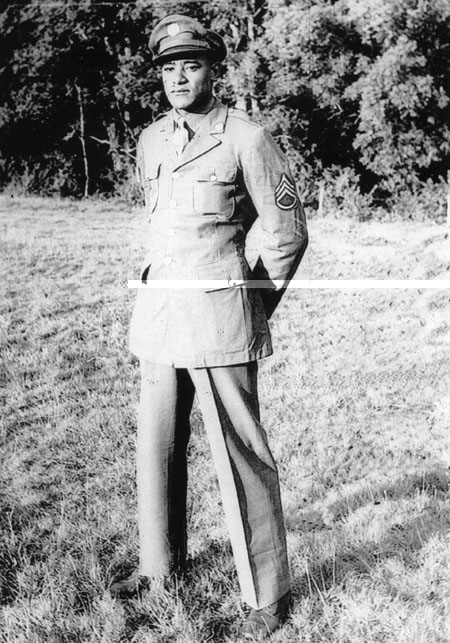Millie Ringold was a gold prospector, boarding house proprietor, and long-time resident of the Yogo mining district in the Little Belt Mountains of central Montana. According to the 1900 census, Millie Ringold—whose names are variously spelled Molly, Ringo, and Ringgold—was born a slave in 1845 in Virginia. By the 1870s she had settled in Fort Benton, Montana Territory, and worked as a nurse for the U.S. Army.
In 1879 miners discovered gold along Yogo Creek near Helena, Montana, kicking off a short-lived gold rush. Ringold was among the prospectors who flooded the region, reportedly with a wagon, a pair of mules, and an $1,800 grub stake. Although most miners left the area by 1883, Ringold remained, never relinquishing her faith that additional gold deposits would be found.
The 1900 census listed her as prospector-owner of her claim. By that point she had hired an African American man to work for her, who may have been Abraham Carter, the other African American resident listed in the 1900 census for the Yogo District, and one of those who remained after the initial boom played out. When Ringold ran out of funds to pay him, she reportedly did the manual work herself, often wearing men’s overalls.
In addition to working her mining claim, Ringold ran a boarding house for travelers through the area. All who wrote about her noted the immaculate house and dining room, complete with white linen and polished silver, that she kept up even after the town was all but deserted. Only nine people resided in Yogo by 1900 including Ringold, who was one of two women in the settlement.
Near the end of her life Millie Ringold was afflicted with rheumatism and was taken to Great Falls for medical care. However, she refused to stay and returned to her mountain home in Old Yogo, where she died in 1906.

